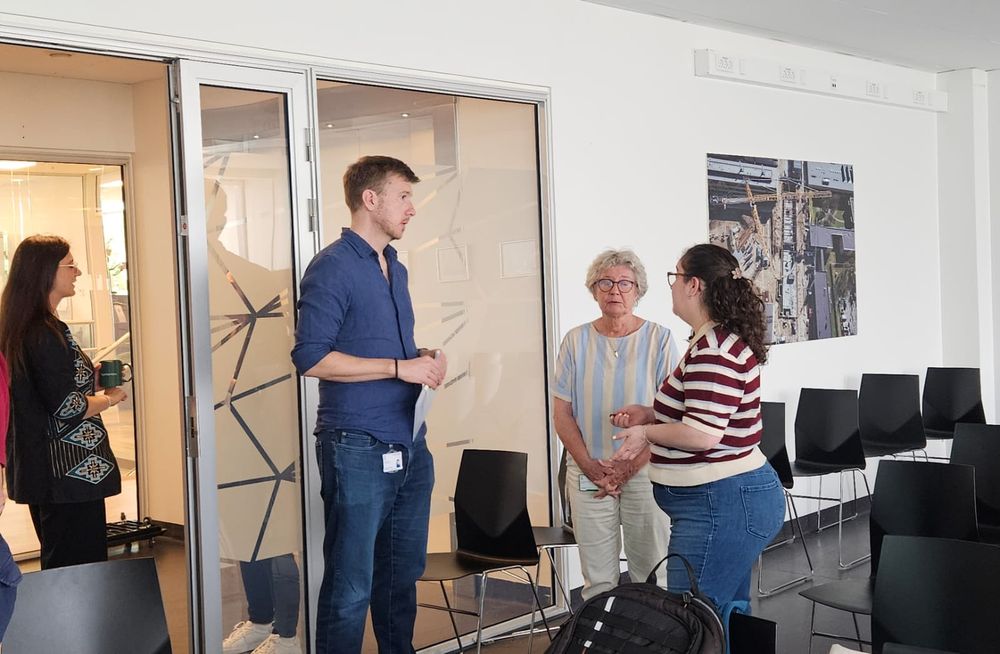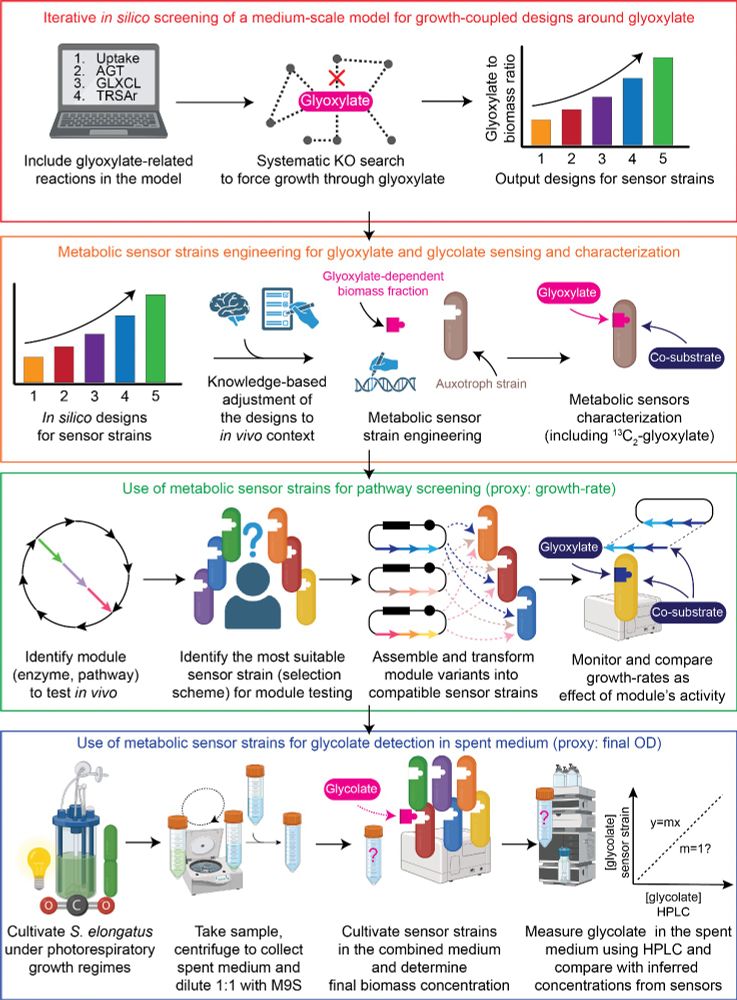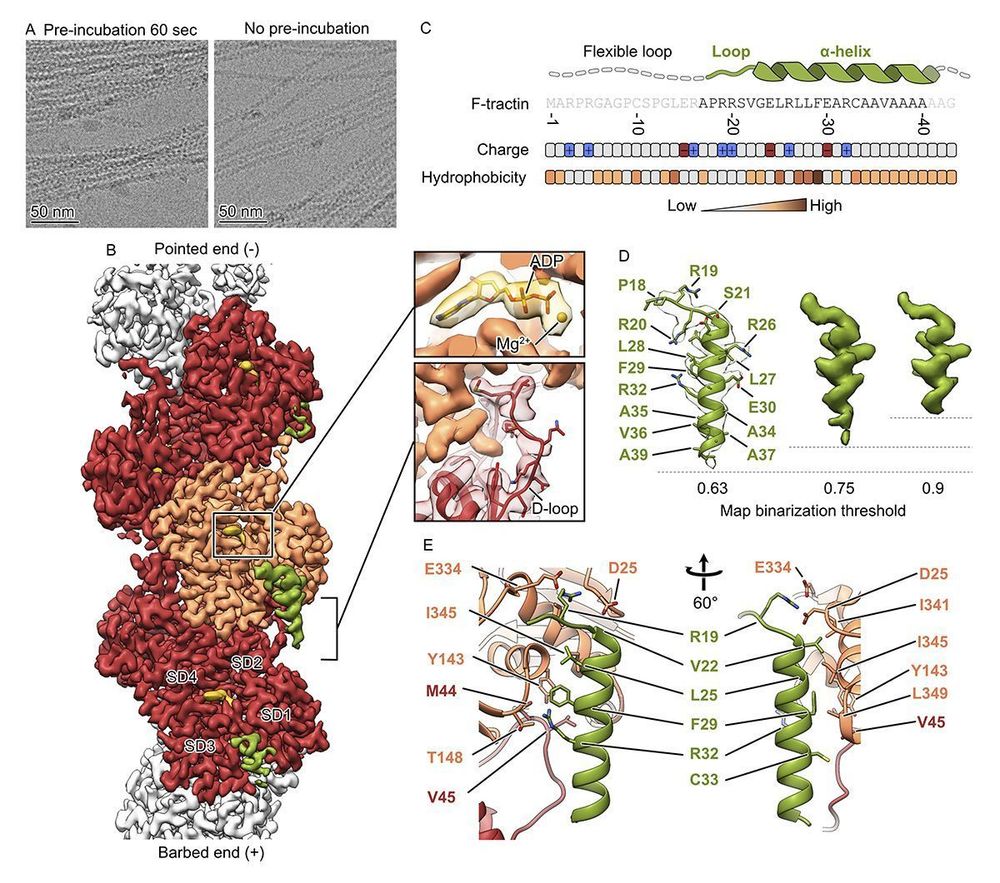Our new preprint shows that two transhydrogenases -membrane-bound PntAB and soluble SthA - act together as a flexible, reversible system to control NAD(H)/NADP(H) ratios.
www.biorxiv.org/content/10.1...

Our new preprint shows that two transhydrogenases -membrane-bound PntAB and soluble SthA - act together as a flexible, reversible system to control NAD(H)/NADP(H) ratios.
www.biorxiv.org/content/10.1...
“A blueprint for designing the next-generation of synthetic C1 microbes”
We propose a framework to unlock sustainable, carbon-efficient biomanufacturing using non-canonical hosts.
🔗 www.nature.com/articles/s41... A short 🧵1/4

“A blueprint for designing the next-generation of synthetic C1 microbes”
We propose a framework to unlock sustainable, carbon-efficient biomanufacturing using non-canonical hosts.
🔗 www.nature.com/articles/s41... A short 🧵1/4
We established strict formatotrophic & methylotrophic growth in engineered Pseudomonas putida via the reductive glycine pathway (rGlyP). journals.asm.org/doi/full/10....
Here’s a teaser of how we did it 🧵👇1/5

We established strict formatotrophic & methylotrophic growth in engineered Pseudomonas putida via the reductive glycine pathway (rGlyP). journals.asm.org/doi/full/10....
Here’s a teaser of how we did it 🧵👇1/5
We've developed a robust IDMS-based LC-MS/MS workflow for high-throughput intracellular metabolomics in diverse bacteria. www.biorxiv.org/content/10.1...
#Metabolomics #MassSpec #SystemsBiology

We've developed a robust IDMS-based LC-MS/MS workflow for high-throughput intracellular metabolomics in diverse bacteria. www.biorxiv.org/content/10.1...
#Metabolomics #MassSpec #SystemsBiology

www.sciencedirect.com/science/arti...
Engaging talks, exciting science, and amazing connections — we’re full of new ideas!
🎉 Big congrats to @giusifav.bsky.social for winning a poster award 🏆
🙌 And proud to have our PI @pabnik.bsky.social as co-chair of the event!




Engaging talks, exciting science, and amazing connections — we’re full of new ideas!
🎉 Big congrats to @giusifav.bsky.social for winning a poster award 🏆
🙌 And proud to have our PI @pabnik.bsky.social as co-chair of the event!
-in NPJ Biofilms and Microbiomes by David Ranava et al from Northwestern University / Mee-Ngan Yap, Arthur Prindle
www.nature.com/articles/s41...

-in NPJ Biofilms and Microbiomes by David Ranava et al from Northwestern University / Mee-Ngan Yap, Arthur Prindle
www.nature.com/articles/s41...
New coordinator Pablo Ivan Nikel opened the meeting, presenting the transition and confirming that the project continues full speed ahead.
More info 👉 tolerate-eu-project.com
Subscribe 👉 eepurl.com/i6uufM
#EUProjects




New coordinator Pablo Ivan Nikel opened the meeting, presenting the transition and confirming that the project continues full speed ahead.
More info 👉 tolerate-eu-project.com
Subscribe 👉 eepurl.com/i6uufM
#EUProjects
Piece from ScienceNews.dk on our glyoxylate and glycolate sensor strains

Piece from ScienceNews.dk on our glyoxylate and glycolate sensor strains


onlinelibrary.wiley.com/doi/10.1002/...
Congratulations to everyone who worked on this, especially Laura!

onlinelibrary.wiley.com/doi/10.1002/...
Congratulations to everyone who worked on this, especially Laura!
www.cell.com/trends/biote...
www.cell.com/trends/biote...
A joint effort w/ @dellavallesimo.bsky.social and Costas (and many more!)
Check 🧵 our long journey for developing a new state-of-the-art for the manipulation of this promising bug 1/n
www.cell.com/trends/biote...

A joint effort w/ @dellavallesimo.bsky.social and Costas (and many more!)
Check 🧵 our long journey for developing a new state-of-the-art for the manipulation of this promising bug 1/n
www.cell.com/trends/biote...
www.biorxiv.org/content/10.1...

www.biorxiv.org/content/10.1...
www.nature.com/articles/s41...

www.nature.com/articles/s41...

www.nature.com/articles/s41...
www.biorxiv.org/content/10.1...

www.biorxiv.org/content/10.1...


#cytoskeleton

#cytoskeleton


